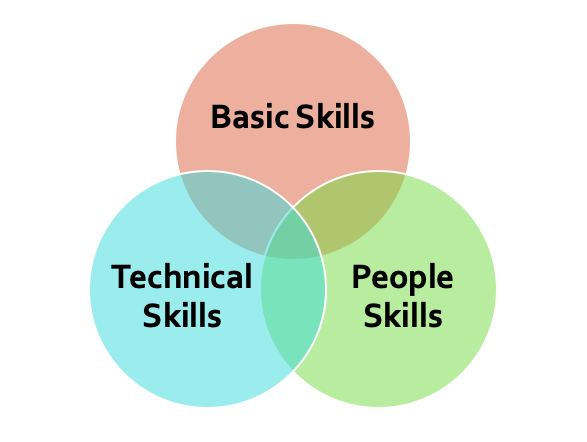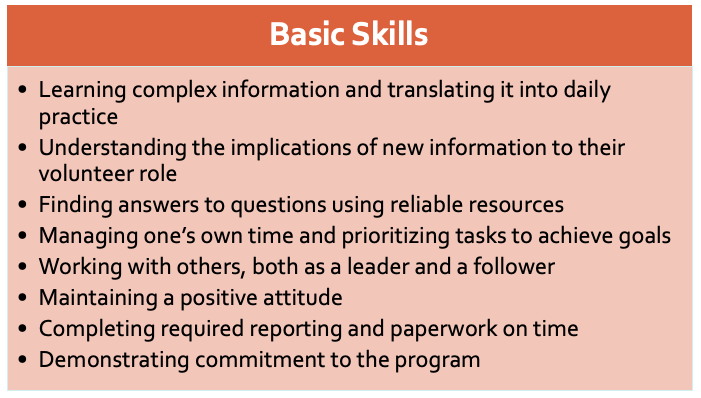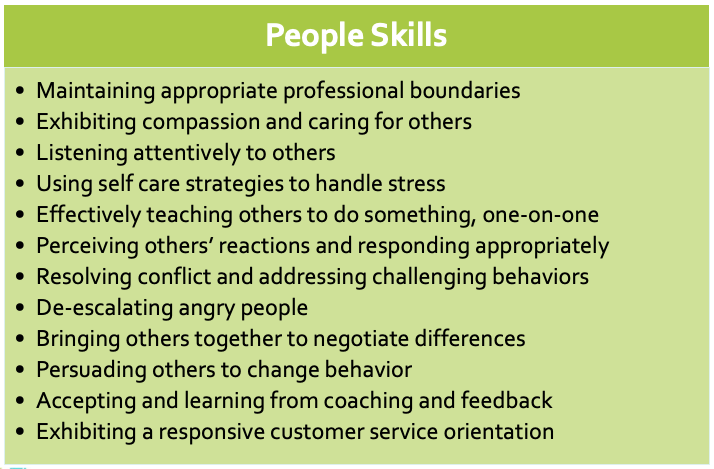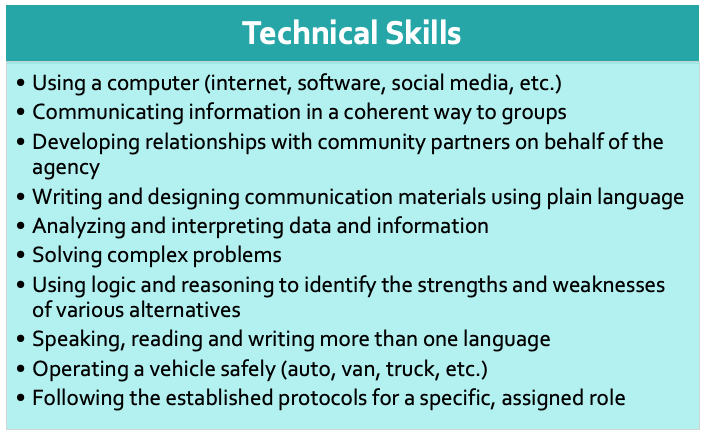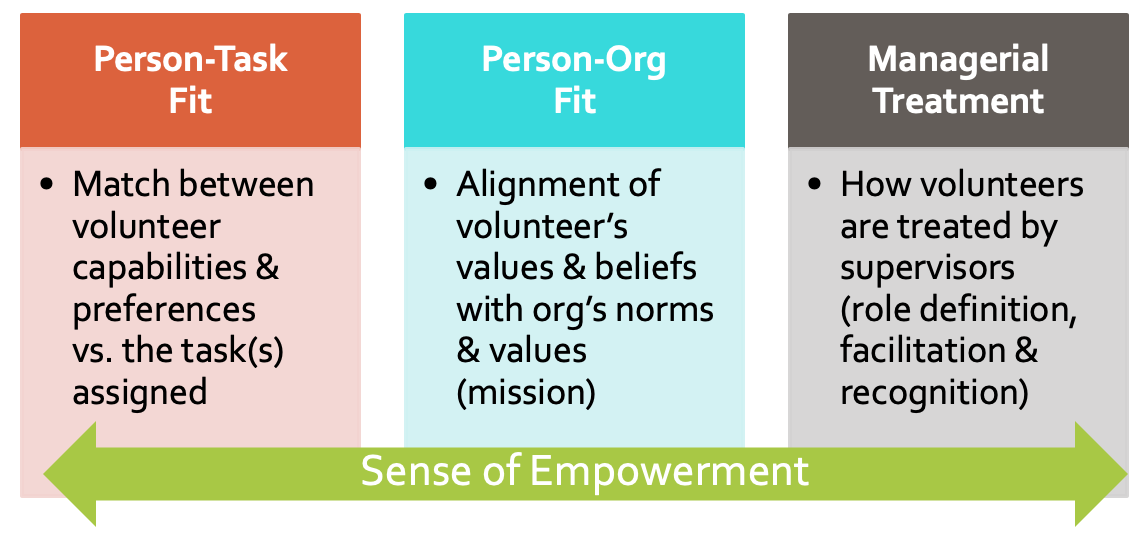 How to Engage Volunteers That are a Good Fit for Your Nonprofit
How to Engage Volunteers That are a Good Fit for Your Nonprofit
Engaging volunteers that are the perfect fit for your nonprofit may feel like an impossible dream, but it doesn’t have to be. There are some simple steps you can take to communicate your organization’s needs and attract just the right talent to support your mission.
But, let’s dispel some magical thinking first.
The Myth of the Perfect Volunteer
When you look at a herd of zebra, you might be tempted to think they are all the same. From far away they all have black and white stripes, two ears, four legs, and a black nose.
We assume zebras come from the same mold.
But if you look at zebras closely, you’ll start to see subtle differences. Some have stripes that meld together at the top of their backs. For others, their stripes merge near their bellies.
In fact, each zebra is uniquely different.
We tend to paint volunteers as the same, as well.
And, often if a few are not meeting expectations on a specific front, the entire team is painted with the same brush. They don’t follow through. They’re not committed. They don’t care.
But again, if you look closely, you’ll see that they are not the same. Each volunteer has their challenges and needs.
Each volunteer has a unique set of skills to share.
One of the issues with universally characterizing volunteers as the same is that you tend to miss those that are making solid contributions.
The “bad apples” get all the attention.
The other tendency is to buy into the belief that there is a “perfect volunteer” out there. If we could only find them all of our issues around volunteers would be solved.
If you hear folks say, “we’re looking for ‘high quality’ volunteers,” they’re more than likely on that fruitless search for perfection.
The problem is that the perfect volunteer doesn’t exist. They don’t exist because the perfect human doesn’t exist.
As the French philosopher Voltaire, was purported to have said, “The perfect is the enemy of good.” Nonprofits might do well to take note.
When we believe that there is a better, stronger, faster version out there, we tend to miss the talent that, if given the proper role and support, could be uniquely valuable to our organization.
Engage Volunteers with the Skills You Need
Accepting “less than perfect” doesn’t mean that volunteer-driven organizations should do away with standards and expectations. Far from it.
It means that they should take concrete steps to clarify and communicate the needs of their charity when it comes to volunteers.
Specifically, this means building a clear picture of the knowledge, skills, and abilities (KSA’s) that are ideally suited to support their volunteer roles.
Does this mean that every volunteer must have these coming in? Not necessarily. The ability to learn specific skills that the organization will teach may suffice.
Three Types of Skills
Three are three different kinds of skills – basic skills, technical skills, and people skills. The design of any volunteer role should include a shortlist of the minimum skills required in each category.
Often basic and people skills will translate across multiple volunteer roles in an organization. In other words, they are often what is expected of all volunteers.
To engage volunteers that are a good fit, the first step is to ensure that they meet these minimum requirements. Without being specific and transparent about their expectations, organizations run the risk of recruiting volunteers that, in the end, simply won’t be successful.
In this scenario, nobody wins.
Engage Volunteer with These Specific Skills
While building your “wish lists” of expectations, it’s also important to keep it simple. They should be both realistic and reflect your organization’s values. The people skills should also mirror the expectations of paid employees.
Below are examples of each type of skill. Note that basic skills often relate to the volunteer’s self- sufficiency, reliability, teamwork, and commitment.
People skills relate most often to how volunteers interact with others, including paid staff, fellow volunteers, and the organization’s customers. Specific client-based direct service skills may be required, which are most often learned during the training and preparation for the volunteer role.
Finally, technical skills are directly related to each volunteer role. They might include the use of specific tools, software, or equipment. It’s also helpful to indicate any specific protocols (e.g., safety procedures) that volunteers are expected to follow.
Having a refined list of skills for a specific volunteer role, better equips organizations to recruit for that role. They can highlight special skills in recruitment postings, and ensure they are correct on the volunteer position description.
That way, volunteers who feel they meet the requirement will be more likely to be attracted to the role.
By the same token, nonprofits should take care to request skills that the majority of volunteers can meet, or they risk not finding anyone. And, for any special skills, they should make it clear that training and support will be provided to gain them.
Empower Volunteers Through a Better Fit
While volunteer organizations need to clarify and communicate their needs from the very beginning, it’s also critical to consider the volunteer side, as well.
Three Models to Explain Retention
Scholars have identified three key areas that impact volunteer satisfaction and retention — person-task fit, person-organization fit, and managerial treatment.
They argue that once engaged with the organization, volunteers may assess the alignment between their capabilities and the demands of the assigned task (i.e., person–task fit [P–T fit]). They might also compare their values and beliefs with what they perceive as the organizational values (i.e., person–organization fit [P–O fit]).
Employee research shows that an individual’s continued participation in an organization is a function of both P–O fit and P–T fit.
An equally important volunteer experience is how volunteers are treated by managers of the organization (i.e., managerial treatment [MT]). Whether supervisors are clear about the volunteer’s role, whether they facilitate the work and remove obstacles, and whether they actively acknowledge the work of volunteers will all have an impact on how volunteers feel about how they are treated.
All three of these domains also affect how “empowered” volunteers feel and whether they believe they are in the right place. In this case, “empowerment” is a function of the psychological experience of power, the effect of sharing valued goals, perceived control over the work environment, and perceptions of self-efficacy or competence.
When the experiences are more positive, volunteers feel a greater sense of empowerment which, in turn, positively impacts their willingness to continue volunteering.
Comfort with the task and a good fit between the competencies of a volunteer and the requirements of the task are likely to result in better outcomes for everyone.
And, the skills of managers contribute to a positive mix.
It Takes Two to Tango
So, ensuring a great fit for volunteers is a two-way street.
Ensuring that skills are clearly communicated through well-written volunteer position descriptions is a great start. It offers individuals an opportunity to test their fit with the organization before they commit.
In addition to focusing on needed skills, volunteer organizations should make their norms and values clear in their marketing and recruitment materials. This would give prospective volunteers the chance to compare their own world view with that of the organization.
Finally, organizations need to shore up employee support for volunteers, as well as their skill in leading them.
In other words, if nonprofits want to engage ideal volunteers for their opportunities, they must first be transparent about their needs. Second, they must make sure the right volunteer is in the right job. And third, they must ensure skilled leadership and supervision.
When these three worlds align, only then can the real magic happen.

